In her recently published article, Daphné Asse, a PhD student with CREA Mont-Blanc explores the climate change and phenology in 5 tree species in the French Alps. Read on to learn what dormancy is and why this phenomenon is connected to climate change.

The term dormancy refers to the autumnal phenomenon observed in trees in which a decrease in metabolic activity occurs in order to provide protection against freezing in winter. Before trees can “wake up” in spring and begin their metabolic activity, they must accumulate a certain amount of cold over the course of the fall and winter. Once the bud dormancy period is over, buds begin to accumulate enough heat to allow for budburst and flowering.
In the event of particularly warm winters, the accumulation of cold can be insufficient for breaking bud dormancy. Consequently, the beginning of spring phenological stages is observed later in the year. This delay has primarily been observed at lower elevations.
These analyses were made possible thanks to the contribution of data collected by volunteer observers participating in the Phénoclim citizen science program. The results of Daphné Asse’s study confirm the recent (and somewhat counter-intuitive) theory published in 2015 in the journal Nature predicting a slowing down of tree phenology in response to above-average autumn, winter and spring temperatures.
This phenomenon can lead to a domino effect in an ecosystem for the species that depend on tree development.
Many thanks are due to CREA Mont-Blanc’s many Phénoclim citizen scientists who contributed to this study. If you are interested in participating, you can sign up at Phénoclim.org
To learn more:
Asse D., Chuine I., Vitasse Y., Yoccoz N.G., Delpierre N., Badeau V., Delestrade A., Randin C.F. (2018) Warmer winters reduce the advance of tree spring phenology induced by warmer springs in the Alps Agricultural and Forest Meteorology, Volume 252.
Visit our website to see our other publications: creamontblanc.org
To contribute to our climate change monitoring program, sign up on the Phénoclim website !


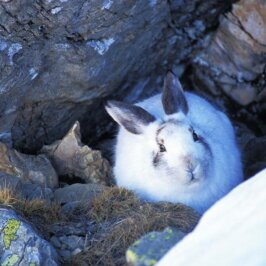
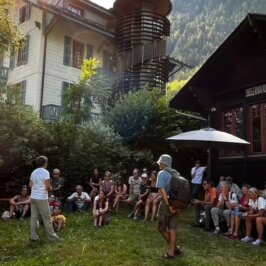
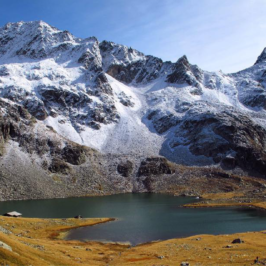
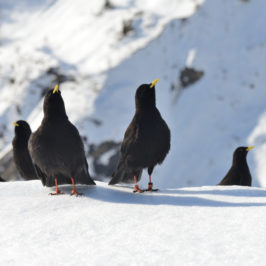
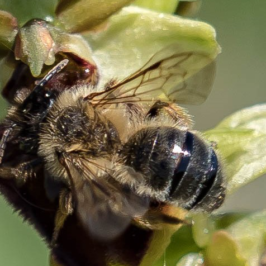
Leave a Reply